Intro
Learn vital signs in Spanish with our comprehensive guide. Master essential medical vocabulary and phrases, including pulse, respiración, temperatura, and presión arterial. Understand how to describe symptoms and communicate effectively with Spanish-speaking patients. Perfect for healthcare professionals, students, and travelers alike.
The ability to take vital signs in Spanish is a crucial skill for healthcare professionals who work with Spanish-speaking patients. Vital signs, also known as signos vitales in Spanish, are essential indicators of a patient's overall health and well-being. In this article, we will provide a comprehensive guide on how to take vital signs in Spanish, including the different types of vital signs, how to measure them, and common phrases used in the process.
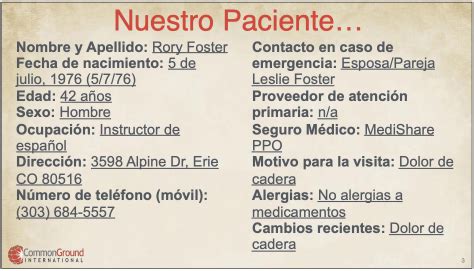
What are Vital Signs?
Vital signs are measurements of a patient's basic bodily functions, such as pulse, breathing rate, blood pressure, and body temperature. These signs are used to assess a patient's overall health and detect any potential health problems. In Spanish, the term for vital signs is "signos vitales."
Types of Vital Signs
There are five main types of vital signs:
- Pulse (pulso)
- Breathing rate (frecuencia respiratoria)
- Blood pressure (presión arterial)
- Body temperature (temperatura corporal)
- Oxygen saturation (saturación de oxígeno)
How to Take Vital Signs in Spanish
Taking vital signs in Spanish requires a basic understanding of medical terminology and the ability to communicate with patients in Spanish. Here are some common phrases and steps to follow:
Pulse (Pulso)
To take a patient's pulse in Spanish, you can say:
- "¿Puedo tomar su pulso, por favor?" (May I take your pulse, please?)
- "Coloque su brazo en la mesa, por favor." (Please place your arm on the table.)
To measure the pulse, you can use a stethoscope or a pulse oximeter. Count the number of beats per minute and record the result.
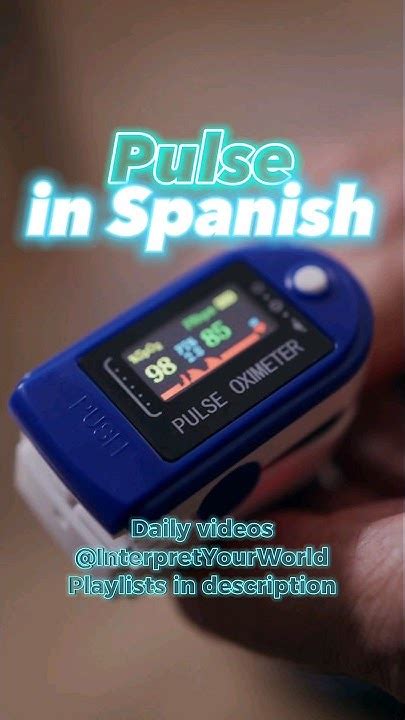
Breathing Rate (Frecuencia Respiratoria)
To take a patient's breathing rate in Spanish, you can say:
- "¿Puedo contar su frecuencia respiratoria, por favor?" (May I count your breathing rate, please?)
- "Por favor, respire normalmente." (Please breathe normally.)
Count the number of breaths per minute and record the result.
Blood Pressure (Presión Arterial)
To take a patient's blood pressure in Spanish, you can say:
- "¿Puedo tomar su presión arterial, por favor?" (May I take your blood pressure, please?)
- "Coloque su brazo en la mesa, por favor." (Please place your arm on the table.)
Use a blood pressure cuff to measure the systolic and diastolic pressure. Record the result.
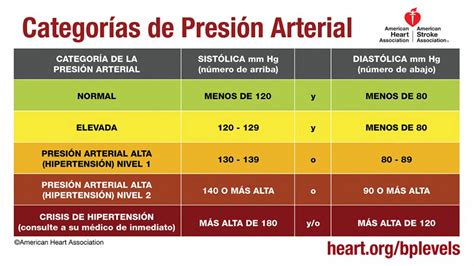
Body Temperature (Temperatura Corporal)
To take a patient's body temperature in Spanish, you can say:
- "¿Puedo tomar su temperatura corporal, por favor?" (May I take your body temperature, please?)
- "Abra su boca, por favor." (Please open your mouth.)
Use a thermometer to measure the patient's temperature. Record the result.
Oxygen Saturation (Saturación de Oxígeno)
To take a patient's oxygen saturation in Spanish, you can say:
- "¿Puedo tomar su saturación de oxígeno, por favor?" (May I take your oxygen saturation, please?)
- "Coloque su dedo en el oxímetro, por favor." (Please place your finger on the oximeter.)
Use a pulse oximeter to measure the patient's oxygen saturation. Record the result.
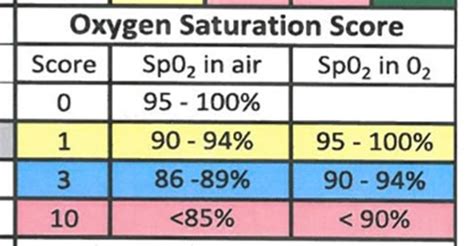
Common Phrases Used in Taking Vital Signs
Here are some common phrases used in taking vital signs in Spanish:
- "¿Puedo...?" (May I...)
- "Por favor..." (Please...)
- "Coloque su..." (Please place your...)
- "Abra su..." (Please open your...)
- "Cierre su..." (Please close your...)
Conclusion
Taking vital signs in Spanish is an essential skill for healthcare professionals who work with Spanish-speaking patients. By following the steps and using the common phrases outlined in this article, you can effectively take vital signs and communicate with patients in Spanish.
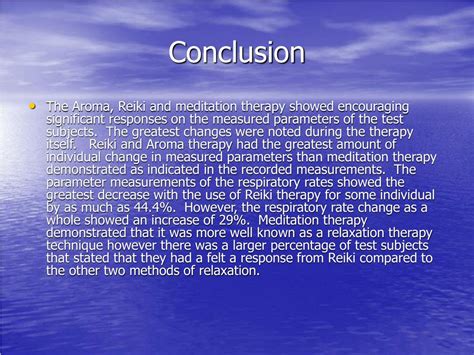
FAQs
¿Qué son los signos vitales?
+Los signos vitales son mediciones de las funciones básicas del cuerpo humano, como el pulso, la frecuencia respiratoria, la presión arterial y la temperatura corporal.
¿Cómo se toman los signos vitales en español?
+Para tomar los signos vitales en español, es necesario tener un conocimiento básico de terminología médica y la capacidad de comunicarse con pacientes en español.
¿Qué frases comunes se utilizan al tomar los signos vitales en español?
+Algunas frases comunes utilizadas al tomar los signos vitales en español incluyen "¿Puedo...?", "Por favor...", "Coloque su...", "Abra su..." y "Cierre su...".
We hope this article has been helpful in providing a comprehensive guide on how to take vital signs in Spanish. If you have any further questions or would like to share your experiences, please leave a comment below.
